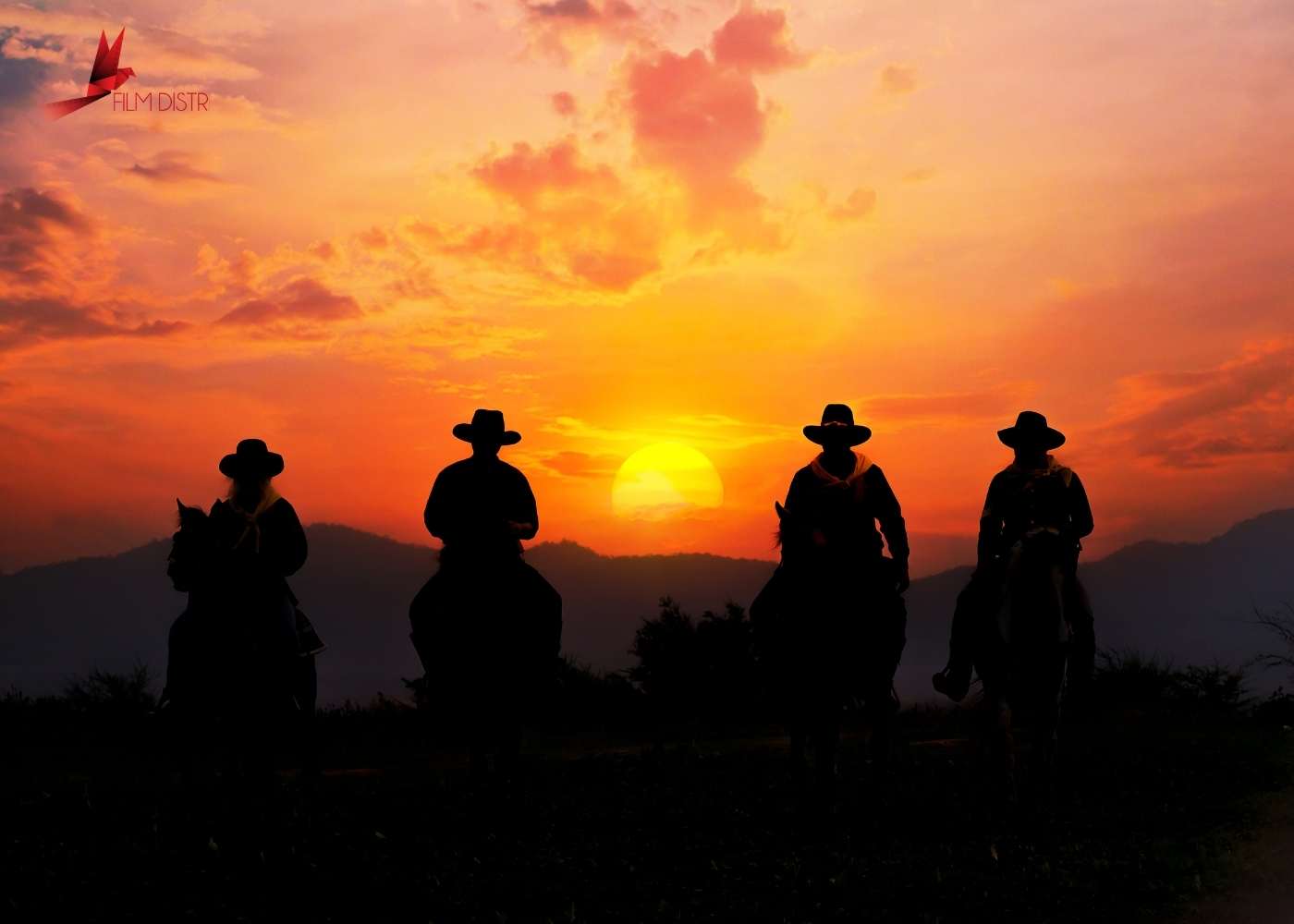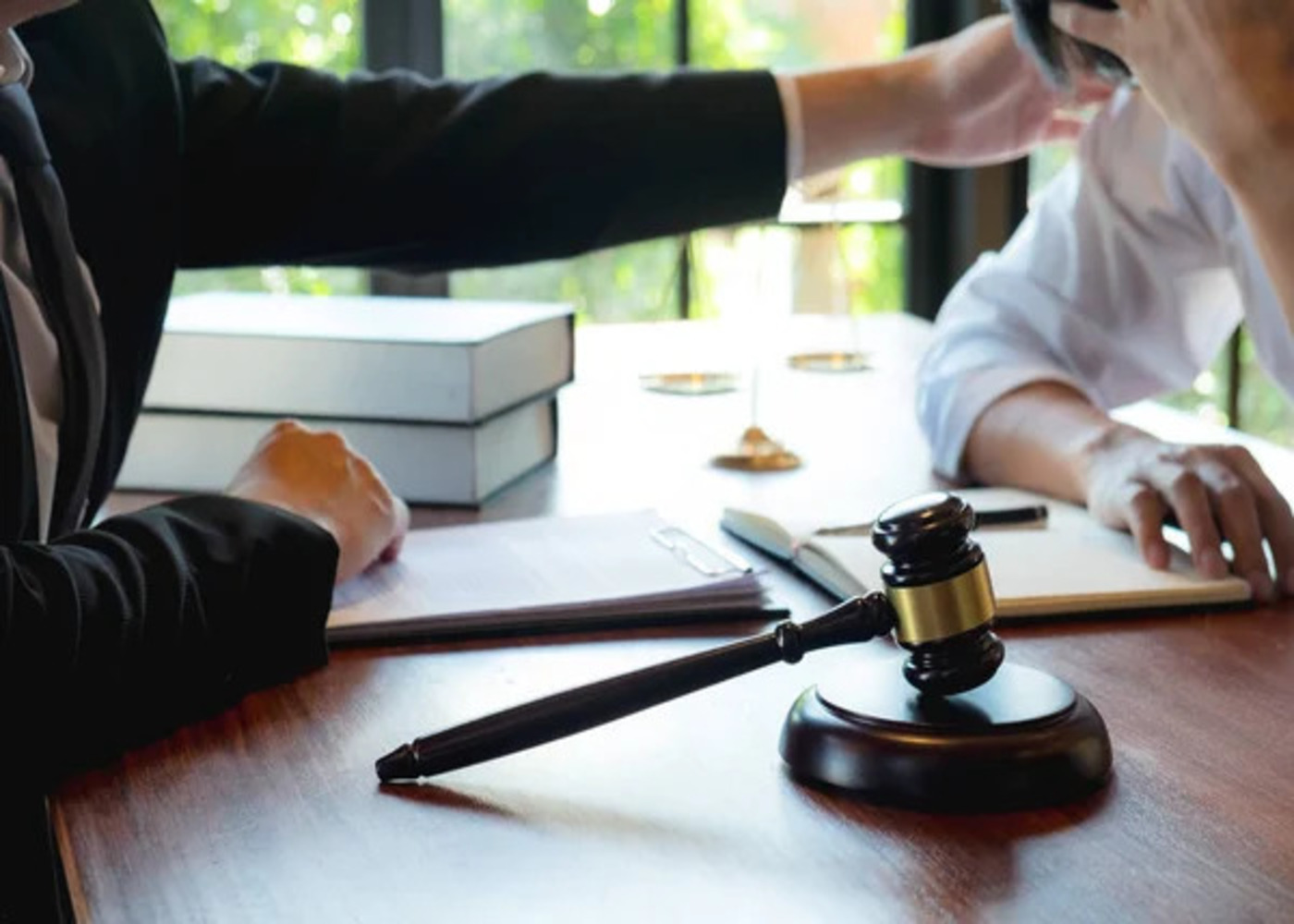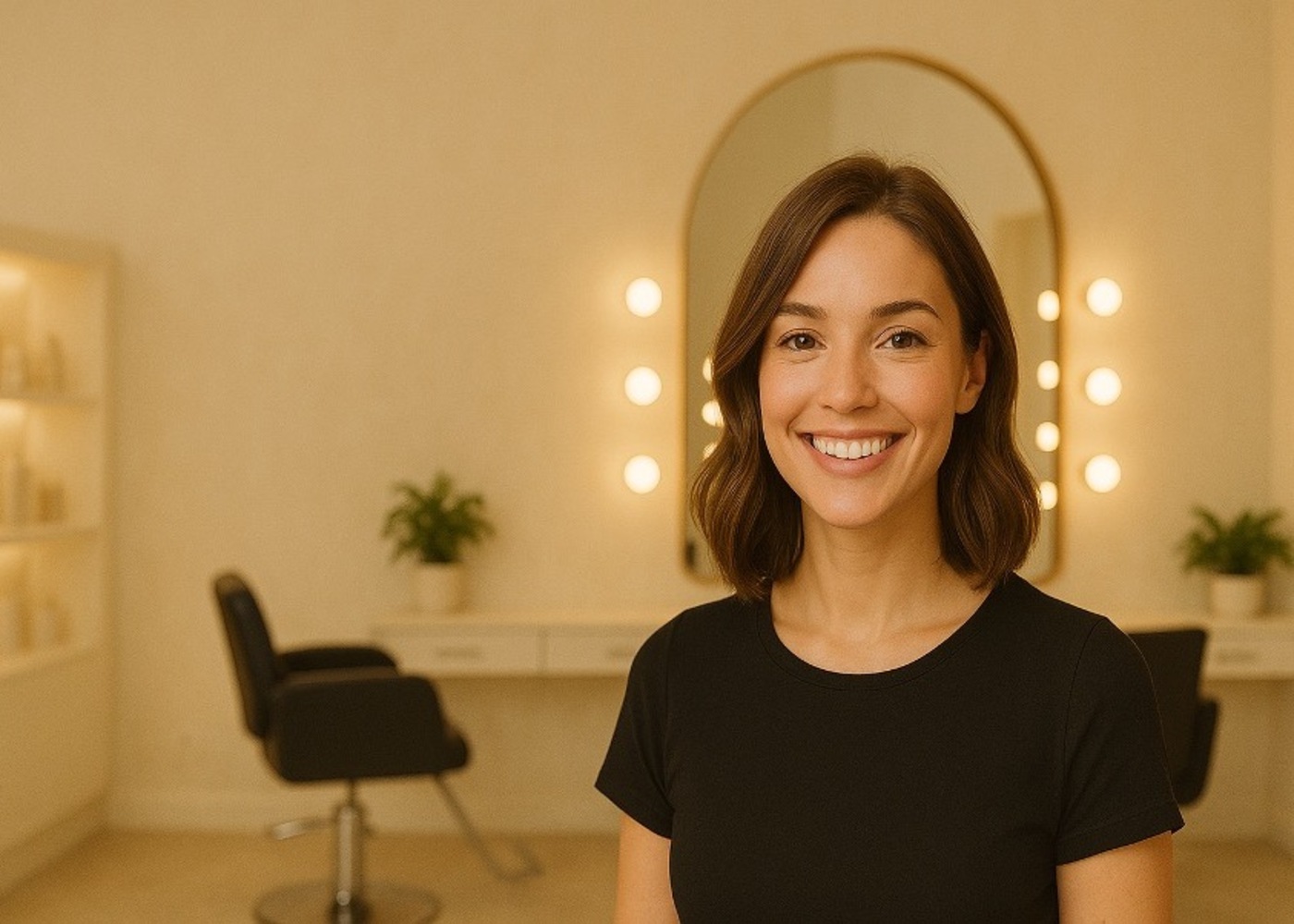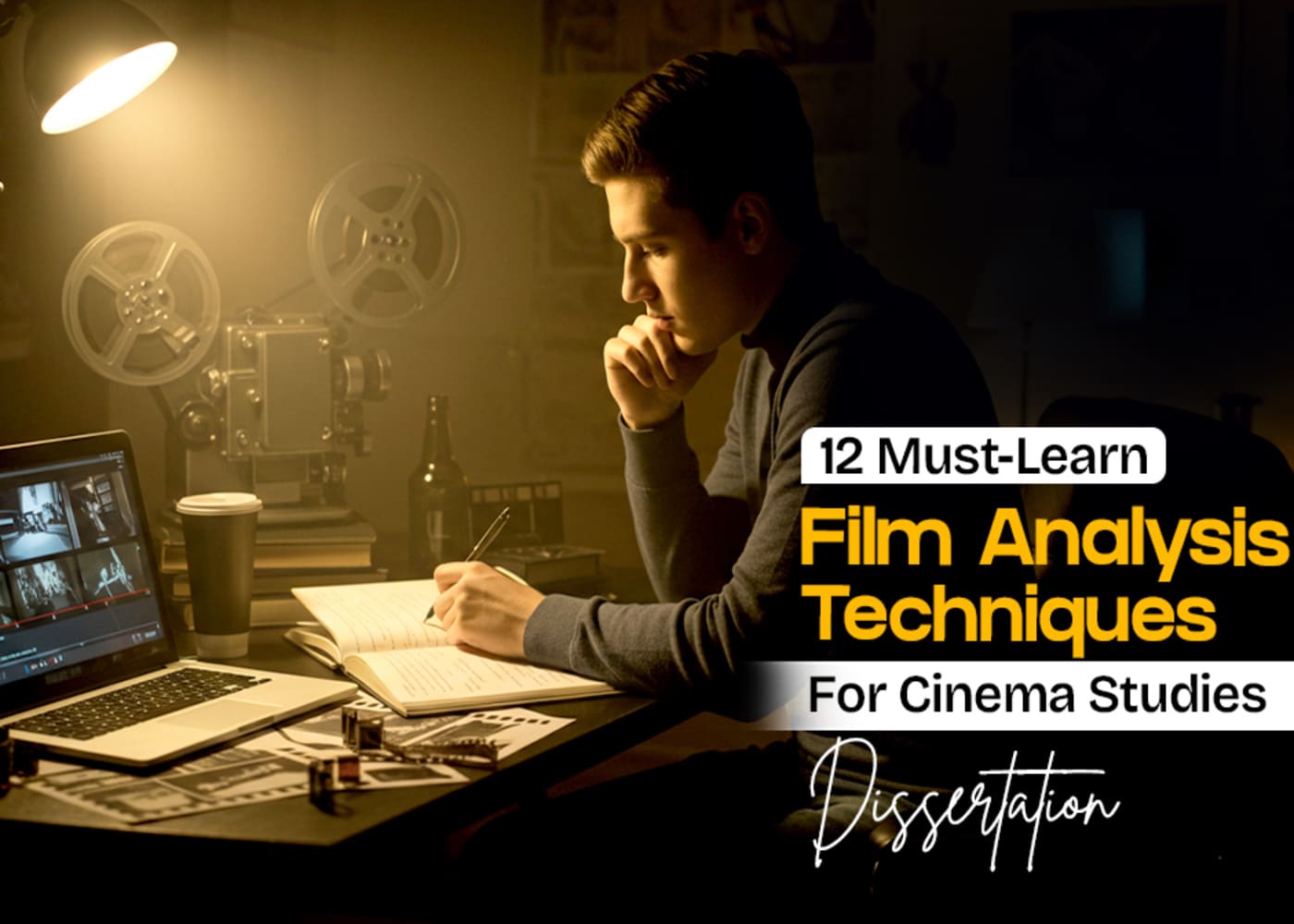There are numerous shooting techniques that can be used by a video production company in cinematography. One such technique is known as the "cowboy shot," used to give characters in a movie visual strength and intensity. Cowboy shots can be perfect for portraying characters as self-assured and heroic while focusing on crucial activities, such as drawing a weapon. The actor's emotions, such as fear or vulnerability, can be seen in cowboy shots because of how close they are to the action. Cowboy shots in a variety of movies are interesting because of this dichotomy.
View some of the best uses of this camera perspective and learn how to construct your own.

What Is a "Cowboy Shot"?
A "cowboy shot" is a style of cinematography in which the subject is framed from the mid-thigh, just below the hip level, to the top of their head. The name of this image comes from the fact that Western movies frequently used it, keeping the actor's face and the guns they were carrying in the frame. Other names for it include an American shot and a three-quarter shot.
The word is used by French film reviewers to refer to medium-long shots in American movies when actors are arranged in an informal line across the scene. Critics claim that this kind of shot makes it possible for lengthy discussion scenes to develop in one frame without necessitating the addition of new camera motions or viewpoints by cinematographers or camera operators.
What Is a Cowboy Shot Used For?
A cowboy shot serves a variety of functions, including advancing the plot, emphasizing a character, and displaying emotion:
1. Action: In a scene, cowboy shots often show important activities occurring around a character's waist or hip level. In Western movies, this generally involves a gun being drawn from a holster, but it can simply indicate to viewers that a character's hands are clenched in preparation for action or that they are carrying an important item at waist level.

2. Character: Characters appear large and important within the frame in cowboy shots. Filmmakers utilize these shots to imply that a character is imposing or to convey heroism or confidence to the lead. The cowboy shot can occasionally highlight a particular persona. In The Dark Knight Returns (2012), for instance, Gary Oldman's character, Lt. James Gordon, is speaking to a gathering of other cops when director Christopher Nolan frames the actor in a cowboy shot. How Gordon thinks and acts differently from the other cops is highlighted by Nolan's use of the cowboy shot.
3. Emotion: A cowboy shot enables the director to frame the action and a portion of the scene's background while also interpreting the subject's facial expression. Clint Eastwood pulls a revolver on an unidentified foe while holding Marianne Koch close to him in a scene from Sergio Leone's A Fistful of Dollars (1964), which features the cowboy shot. While expressing Koch's concern in a way that other camera shots, such as a full shot or medium close-up, could not, the cowboy shot emphasizes Eastwood's valor and dominance from a low angle.
Examples of four cowboy shots from well-known movies:
Popular movies have lots of instances of contemporary cowboy shots. Several well-known cowboy shots in movies include:
1. Yorgos Lanthimos' historical comedy-drama “The Favourite” features a scene where the Duchess of Marlborough (Rachel Weisz) speaks with Abigail Masham, her new servant and cousin. The Favourite employs the cowboy shot (Emma Stone). The view, which frames Weisz from mid-thigh to the top of her brocaded hat, suggests that her character holds all the sway in the relationship. Weisz looms imposingly in the scene.
2. David Fincher's 1999 drama-fantasy “Fight Club” features the cowboy shot in a number of its scenes. One of its most memorable uses occurs when Tyler Durden (Brad Pitt) defeats an adversary in a battle. In a wide shot by Fincher, Pitt is seen with other Fight Club members standing behind him to indicate that he is a member. Pitt is also framed in a typical cowboy shot, from the top of his head to his hands at his waist, to imply that his fists are weapons.
3. Pulp Fiction (1994): In his Oscar-winning film, Pulp Fiction, writer-director Quentin Tarantino employs the cowboy shot to build suspense and raise character identification issues. The camera frames Jules in a cowboy shot so that the gun in his hand is visible in a scene where the hired killer Jules (Samuel L. Jackson) threatens a guy. The image depicts Jules' menacing position and potential for violence.

4. Wonder Woman (2017): Director Patty Jenkins frames Gal Gadot's Wonder Woman in the cowboy shot as she makes her first official appearance in costume on a World War I battlefield. As the cowboy image makes very clear, Wonder Woman is both heroic and imposing. We can also see Wonder Woman's lasso of truth, which is slung at her hip like a gunfighter's weapon in a Western.
Like many other cinematographic techniques in filmmaking, how a camera shot is taken can help with the quality and interpretation of a video or film production. For a video production company, understanding how to use camera shots to create the desired effect in a video or film is one of the technical abilities that sets them apart from others.







